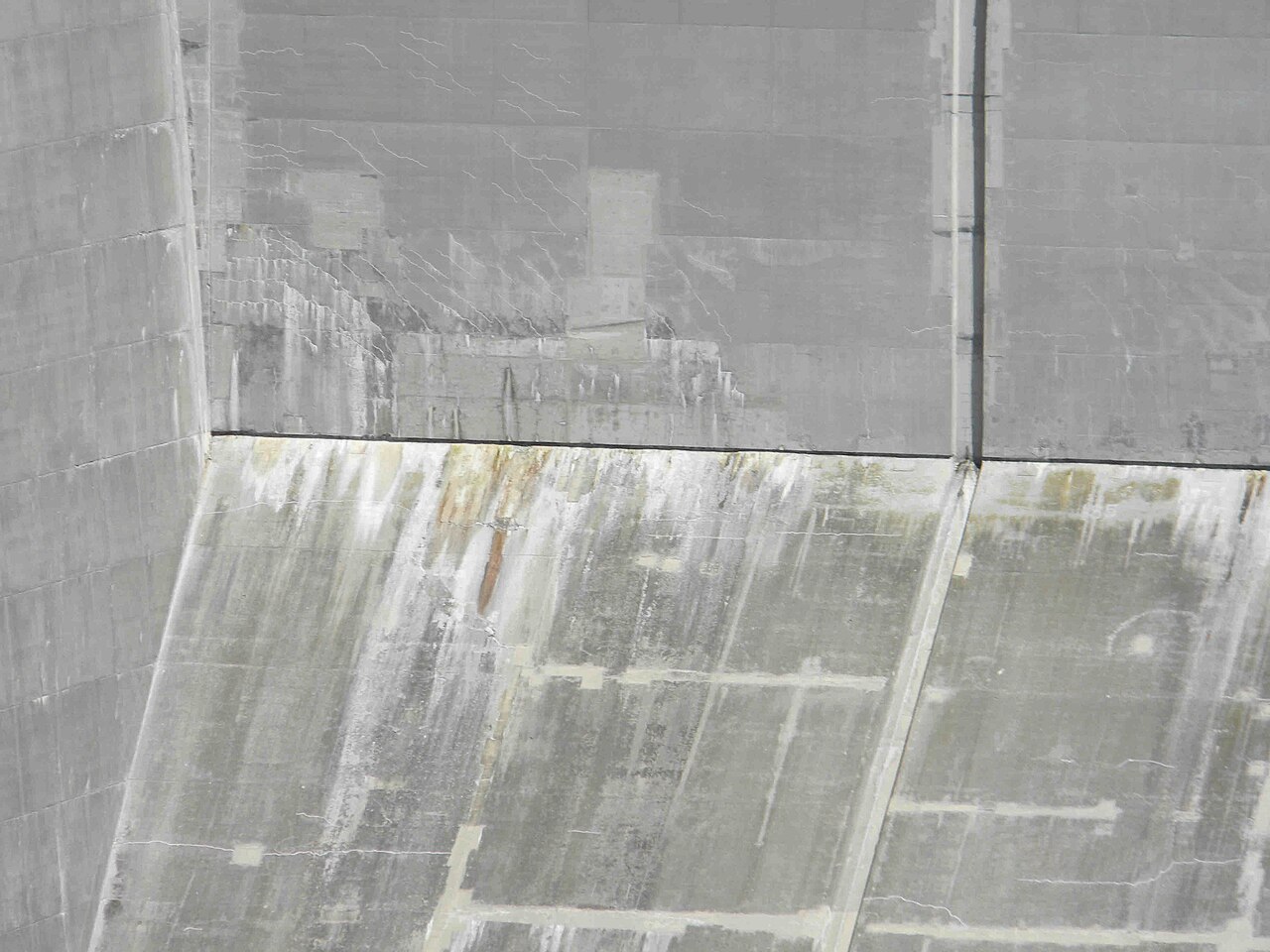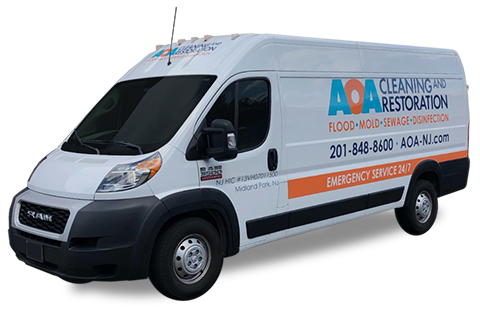If you have ever lived in a newer brick home or walked past a concrete building, you’ve probably seen efflorescence before. Often confused with mold growth, efflorescence is a white, chalky, crystal-looking substance (whereas mold is more commonly green, black, or blue… although there are white molds). Efflorescence is caused by salts deposited on the surface of a wall, floor, or ceiling due to water migrating through the brick or concrete material and evaporating (leaving salt behind). It’s often found in new construction or in buildings that have water leaking through the structure.
A few major differences between efflorescence and mold growth:
- Mold grows, efflorescence doesn’t.
- Mold can grow on just about any surface, whereas efflorescence doesn’t spread.
- Mold is a fungus, whereas efflorescence is moisture that evaporates into salt deposits.
Where does efflorescence come from?
As mentioned, efflorescence is a result of moisture, and it isn’t always easy to determine where it’s coming from. Some possible entry points include:
- Rain water through a leak in the wall or roof
- Sprinklers saturating the outside foundation or an exterior wall of the home
- Airborne moisture that occurs during winter when warmer indoor air moves toward the exterior
- Ground water that seeps into a home’s foundation

Does efflorescence cause mold growth?
This is a question we get often, but the answer is no—with a caveat. The simple way of putting things is that the appearance of efflorescence likely means you need to check for mold growth. Why? As we’ve discussed before on this blog, mold loves moisture—without it, it cannot thrive. So, moisture in your walls, ceiling, or floor are areas at significant risk for mold growth. And where there is efflorescence, there is obviously moisture.
What should you do if you see efflorescence on the concrete or brick surfaces in your home? Investigate the leak. Where there is water leaking, there is probably mold and it’s important to remove it and restore the area to keep your family healthy. Mold can be harmful, especially to those with health conditions like asthma. It is important to have it removed and the area remediated by a professional like AOA Cleaning & Restoration once you’ve identified the source of the moisture and fixed it.
Questions? Call us at 201-848-8600. We’ll talk you through the difference between efflorescence and mold and we’ll take a look at your home to give your property a thorough assessment.




















